15 “Japanese” Foods Sold in U.S. That No One Eats in Japan
Plenty of foods labeled as “Japanese” in Western restaurants raise eyebrows among actual Japanese diners. These dishes may look the part, but the flavors, ingredients, and preparation methods usually differ so drastically that they’re unrecognizable in Japan.
Here’s a closer look at the foods many assume are Japanese staples but which rarely, if ever, appear on Japanese tables.
California Rolls
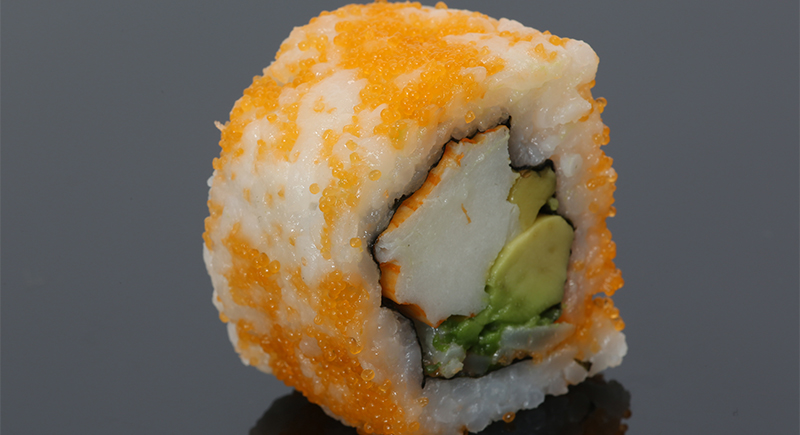
Credit: Wikimedia Commons
What started in Los Angeles during the 1960s has no place in Japan’s sushi culture. California rolls, with avocado and imitation crab, were created to suit diners uncomfortable with raw fish. The seaweed is hidden inside, and creamy fillings are loaded on. Meanwhile, traditional sushi stays minimal and clean without inside-out rolling.
Tempura Udon
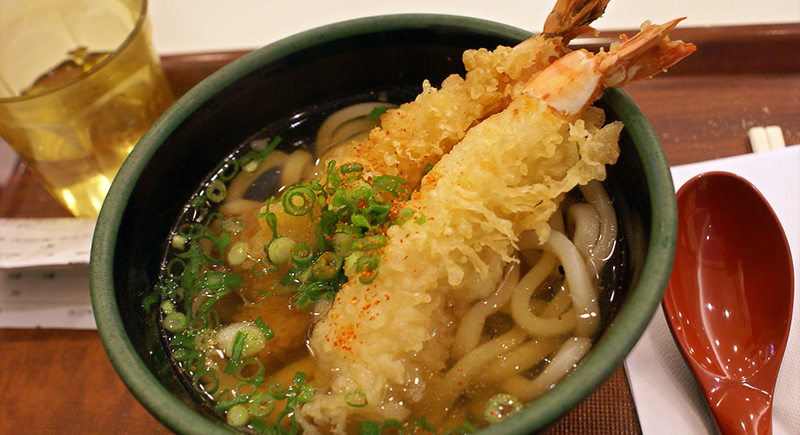
Credit: flickr
In Japan, tempura udon is simple: noodles in hot broth, with shrimp or vegetable tempura served on the side. You dip the crispy tempura as you eat. Western versions can be totally different. Sometimes, the tempura and noodles come as separate dishes with extra sauces, or you can even get fusion toppings like carbonara.
Sweet Matcha Drinks and Desserts
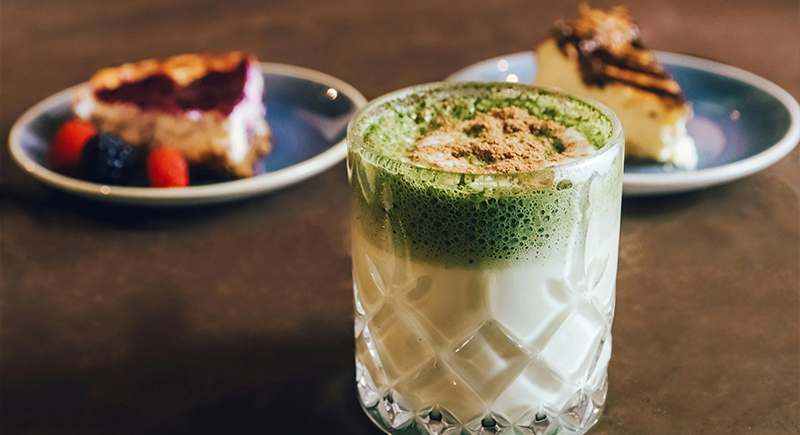
Credit: pexels
Japan has long enjoyed matcha desserts like cakes, mochi, and ice cream, though they’re usually less sweet than the versions found abroad. Matcha lattes and sugary matcha treats are just not as popular as traditional unsweetened matcha tea, which most people drink occasionally rather than daily.
Teriyaki Chicken Drenched in Sauce
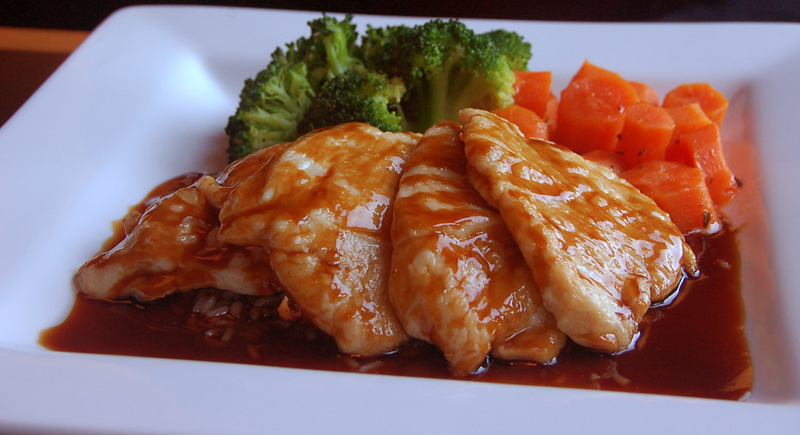
Credit: flickr
Brushing a soy-based glaze onto the meat during cooking defines the original teriyaki style. The sauce consists of soy sauce, mirin, and a bit of sugar, simmered briefly to keep it thin and balanced. It’s applied in layers as the meat cooks to build depth without heaviness. Bottled versions tend to push the flavor too far and end up thick, sugary, and overpowering.
Hibachi Dinner Shows
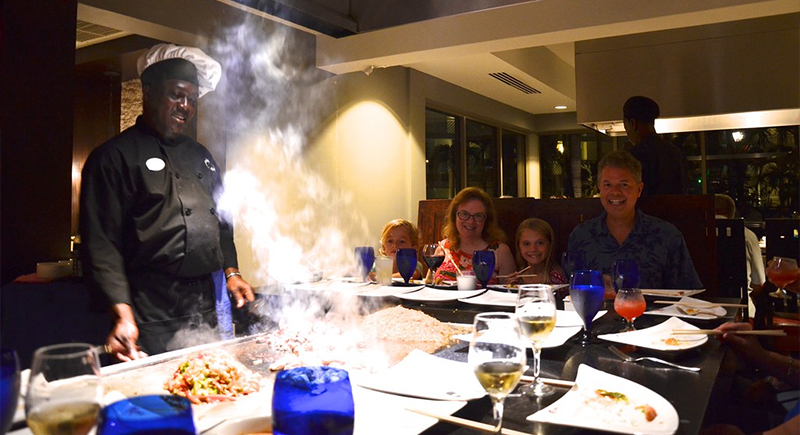
Credit: flickr
You will not see entertaining knife tricks and flaming onion towers in Japanese restaurants. That entire experience was built abroad, not shaped by local customs. Most people in the country use a hibachi, a small charcoal grill, at home or outdoors. Eateries grill on teppan surfaces for casual foods like okonomiyaki.
Yum Yum Sauce
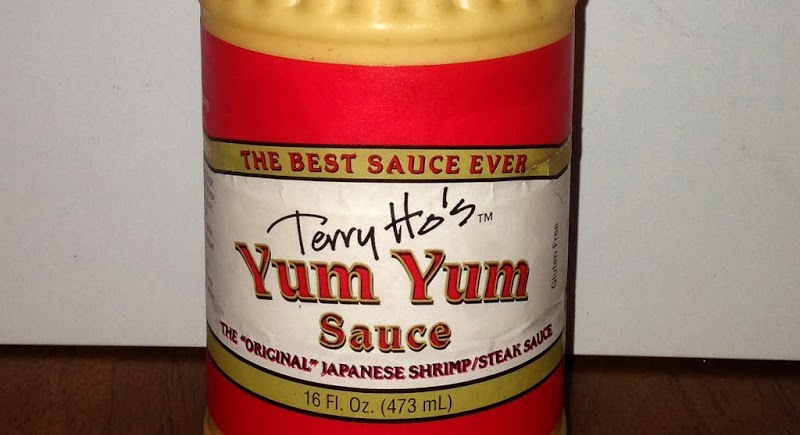
Credit: Reddit
First appearing in American hibachi chains, Yum Yum sauce became a staple alongside grilled shrimp, steak, and fried rice. It’s a mayo-based condiment often mixed with tomato paste, sugar, and garlic powder, created entirely for American palates. Despite its popularity, it never made its way into Japanese kitchens or onto menus abroad.
Sushi Bake
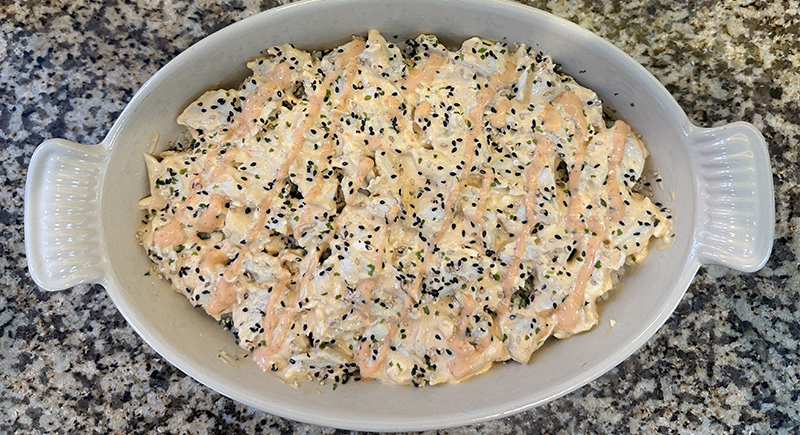
Credit: Wikimedia Commons
Online buzz helped popularize this dish around 2015, especially in Filipino-American communities. A sushi bake combines rice, cooked seafood, and creamy toppings in a casserole and then heats it. However, this removes the structure that Japanese experts work hard to preserve.
Spicy Tuna Rolls
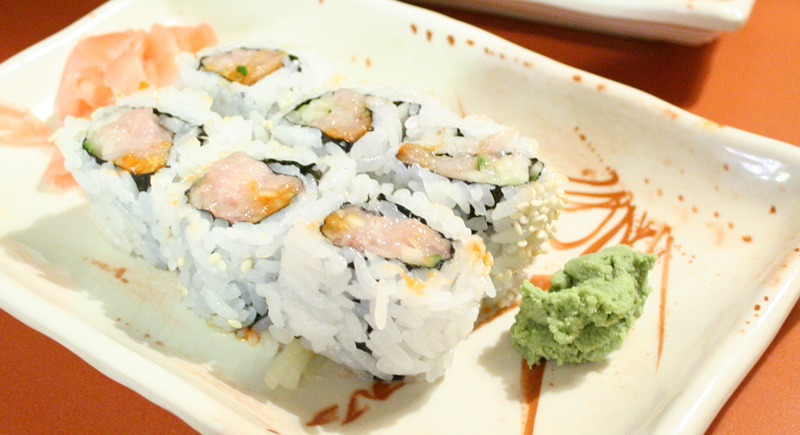
Credit: Wikimedia Commons
In eateries across the West, spicy tuna rolls became a go-to for customers looking for flavor intensity. These rolls use spicy mayo or chili sauce mixed into the fish. But that approach doesn’t appear in Japan. Sushi chefs there rely on the quality of raw fish and avoid overpowering condiments.
Sushi with Sauces and Toppings
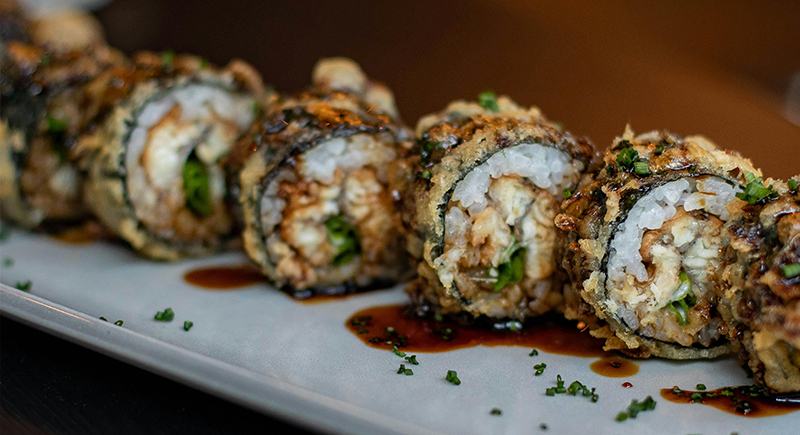
Credit: pexels
Drizzled eel sauce, spicy mayo, tempura flakes, and crunchy onions are common on American sushi rolls. But when we talk about Japan, chefs consider extra sauces distracting and unnecessary. After all, the goal is to highlight the fish’s freshness, not hide it under layers of garnish.
Raw Salmon Sushi
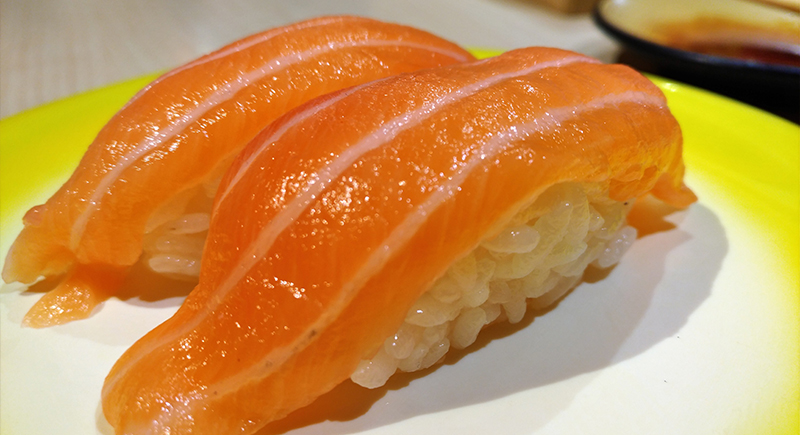
Credit: Wikimedia Commons
Norwegian exporters introduced raw salmon to Japan in the 1980s after developing freezing methods to kill parasites. Before then, Japanese people used to cook salmon in fear of contamination. It took convincing and supermarket partnerships to change minds. And while salmon sushi is popular today, it’s a recent addition, not a traditional part of Japan’s long-standing seafood practices.